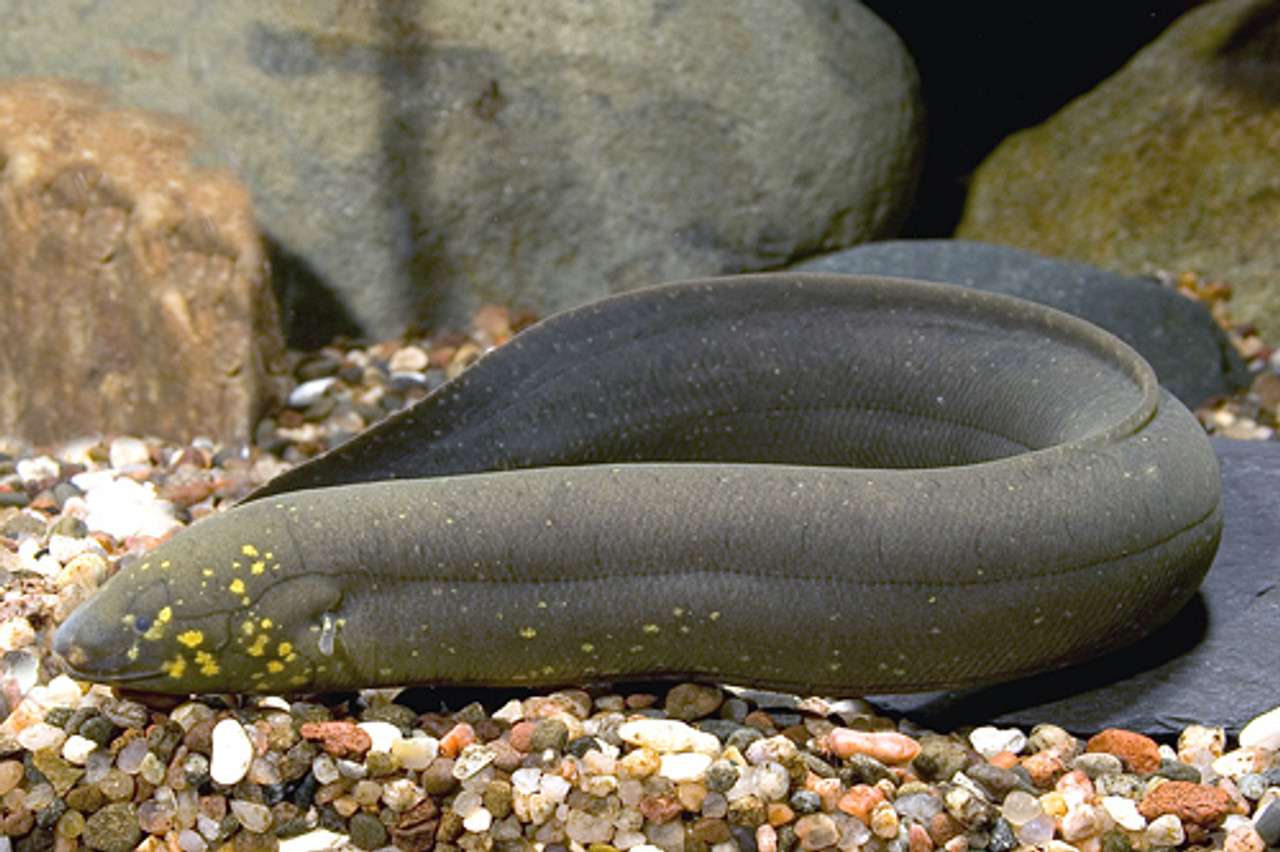How To Care For South American Lungfish
The South American Lungfish (Lepidosiren paradoxa) is a fascinating and ancient species that can live both in water and on land. Known for its ability to breathe air using both gills and lungs, this fish is an evolutionary marvel. Native to slow-moving rivers, swamps, and floodplains of South America, it requires a large, specialized environment to thrive in captivity. Due to its size and specific care needs, it is best suited for experienced aquarists with large tank setups.
The South American Lungfish is a large, eel-like fish with a smooth, elongated body and a flattened head. It is typically brownish-gray to olive in color, with a lighter belly. The species is known for its long, whip-like tail and relatively large, fleshy pectoral fins, which it uses to move in a unique, undulating manner. Its most notable feature is its ability to breathe air, as it has both functional gills and a pair of lungs, allowing it to survive in oxygen-poor water and even spend time on land.
South American Lungfish are slow-moving and peaceful fish, although they can be territorial in their natural habitat. In an aquarium, they may appear docile but should be kept alone or with non-aggressive tank mates that won't compete for food or space. They are solitary and will not generally interact with other fish unless they are of similar size or temperament.
They are primarily nocturnal and spend much of their time resting on the substrate or in a secluded area. The lungfish's ability to gulp air at the water's surface is a key characteristic, especially in low-oxygen conditions. They are not social fish and are best kept alone in a large tank to provide them with plenty of space.
In the wild, South American Lungfish inhabit slow-moving rivers, streams, and seasonal floodplains that may experience low oxygen levels. These environments can be muddy or densely vegetated, providing ample hiding spots.
In captivity, they require an enormous tank, with a minimum size of 150 gallons (567 liters), due to their size and need for space to swim. The tank should have a soft substrate, as lungfish tend to rest on the bottom. Driftwood and rocks can be used for hiding, but the lungfish should have ample open space to swim and breathe at the surface.
The water should be slightly acidic to neutral, with a pH of 6.5-7.5, and the temperature should remain between 75-82°F (24-28°C). They require relatively soft to moderately hard water, with a general hardness (dGH) of 5-15 dGH. A filtration system capable of maintaining clean, well-oxygenated water is necessary, and regular water changes are essential to maintain good water quality.
The South American Lungfish is carnivorous, feeding on live or frozen foods such as fish, shrimp, worms, and other invertebrates. In the wild, they primarily hunt small fish and other aquatic creatures. In captivity, they can be offered high-quality frozen or live foods, including bloodworms, brine shrimp, and chopped fish. They are opportunistic feeders, so a varied diet is important to ensure they receive all necessary nutrients.
- Provide a very large tank with plenty of open swimming space and hiding spots.
- Ensure the water quality is pristine, with regular water changes and a high-quality filtration system.
- Offer a diet rich in protein from live or frozen foods.
- Allow them to breathe air at the surface; do not crowd the tank with other species that could stress them.
- They may need to spend time on land during dry periods, so providing a land area or shallow water zone can be beneficial.
The South American Lungfish has an impressive lifespan of over 20 years in captivity, especially when provided with ideal conditions. They can grow to an average size of 6-8 feet (1.8-2.4 meters) in length, making them one of the largest species of lungfish. Their slow growth and long lifespan make them a long-term commitment for experienced aquarists.
Due to their size, the South American Lungfish requires careful planning when setting up its tank, and they should only be kept by those with experience in maintaining large, specialized aquatic environments. With proper care, they can live a long, healthy life and serve as a unique and captivating centerpiece in any aquarium.
South American Lungfish is a fascinating aquarium fish that stands out with its vibrant colors. It belongs to the family Lepidosirenidae and is native to the South America.
This species has a care level of Challenging and requires a minimum tank size of 150 gallons (567 liters). It typically reaches a size of 100-125 cm (39.4-49.2").
Preferred water parameters include a specific gravity (sg) of Freshwater, pH ranging from 6.5 - 7.5, and a temperature between 75-82°F (24-28°C). Additionally, maintaining water hardness within the range of 5-15 dGH is essential.
For stocking, the recommended ratio is 1:1 M:F. The South American Lungfish is widely available and has a diverse diet that includes CarnivorePellet FoodsLive FoodsOther (See article).
With a life span of 20 to 25 years, this species is known for its very easy care requirements. It is an ideal choice for both beginner and experienced aquarists. Providing a well-maintained tank environment with suitable water conditions will ensure the health and vibrancy of this captivating species.

